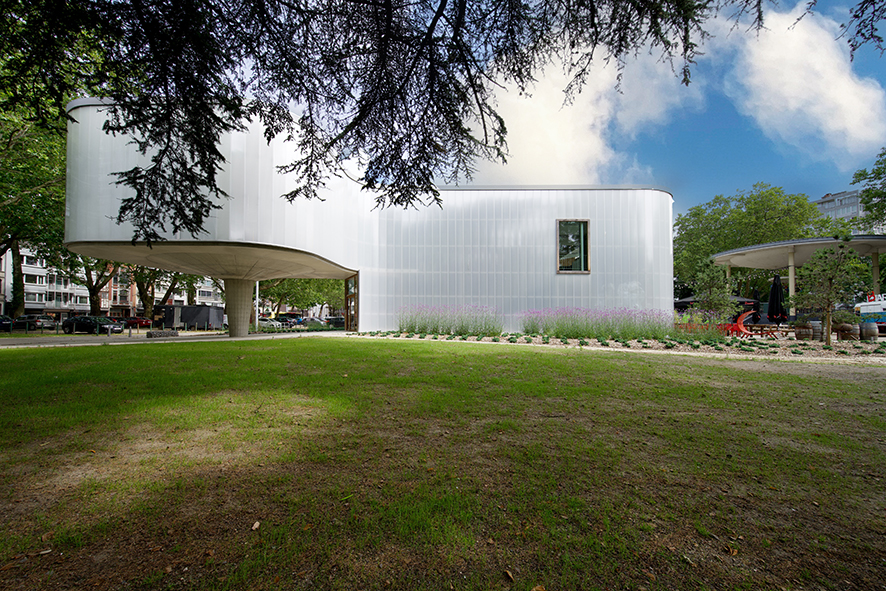
The museum
Succeeding the MADmusée, the Trinkhall Museum opened its doors on June 18, 2020. It houses a globally unparalleled collection of works of art produced in a workshop context by artists with mental disabilities, cognitive impairment or severe psycho-social fragility. The Trinkhall collection, which continues to grow, boasts over five thousand pieces (paintings, drawings, engravings and sculptures) from all over the world and patiently collected for around forty years under the banner of Créahm, the MADmusée and, today, the Trinkhall Museum.
The heritage interest of the collection is exceptional. Firstly by the now fully recognized richness, diversity and quality of the works preserved there. And then, by the testimony it offers, in its unique place, to a removed poetry, margins or borders which, for more than a century, have very profoundly set artistic creation in motion. Finally, by all the links being established between art and society, which it makes visible and intelligible. The Trinkhall’s scientific and cultural project, completely redesigned during the founding years prior to the opening of the new museum (2017-2020), is based on these three axes which, together, engage our policy of preservation, growth, dissemination, research and mediation.
In a nutshell, for us, it was first a matter of freeing the collection from set categories that limited its perception and, as we became aware, hindered its implementation. At the forefront of these categories, the notion of outsider art, favored by the former management of the MADmusée, confined the collection to a sort of artistic ghetto which no longer did it justice. On the contrary, it reduced it to agreed and supported aesthetic forms, from the point of view of their reception, sometimes by an artificial imagination of freedom and spontaneity; sometimes by the principles (essentialism and individualism) which secretly govern the theoretical construction of the notion of outsider art and its various avatars.